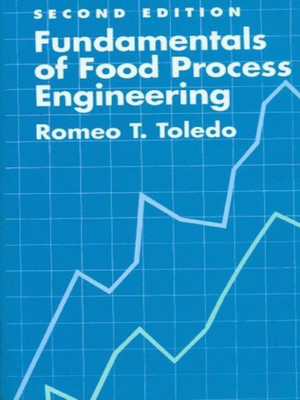Fundamentals of Food Process Engineering(English, Paperback, Toledo R.T.)
Quick Overview
Product Price Comparison
Fundamentals of Food Process Engineering contains new example problems have been added the calculus is more liberally used in this edition as compared to the first edition and a number of current developments in the field have been incorporated. A recurring theme in the book is the principle of similitude (i.e. most processes are similar when viewed from the standpoint of mass and energy transport). These show up in the derivation of equations where the same physical principles are generally used as the starting point in the derivation. The description of equipment is included only when it is essential in establishing how parameters for their efficient operation are selected. Quantification of the relationships between operating variables equipment size and product quality is the primary objective of food process engineering as presented in this book. The coverage of subjects of contemporary interest enables students to connect the relevance of the subject matter to their career development. News media articles trade publications and announcements of symposia or short courses may be used as a guide in the selection of subjects of contemporary interest. A review chapter on mathematics is included. This was viewed as a useful feature in the first edition. It is recommended that this chapter not be taught as a review of mathematics but rather as assigned reading prior to the first use of a mathematical principle in the solution of a problem in later sections of the textbook. BASIC programming is also included. The use of computers is becoming more common in schools and in the workplace and in the coming decade most college-bound high school students should be familiar with writing and using computer programs.


